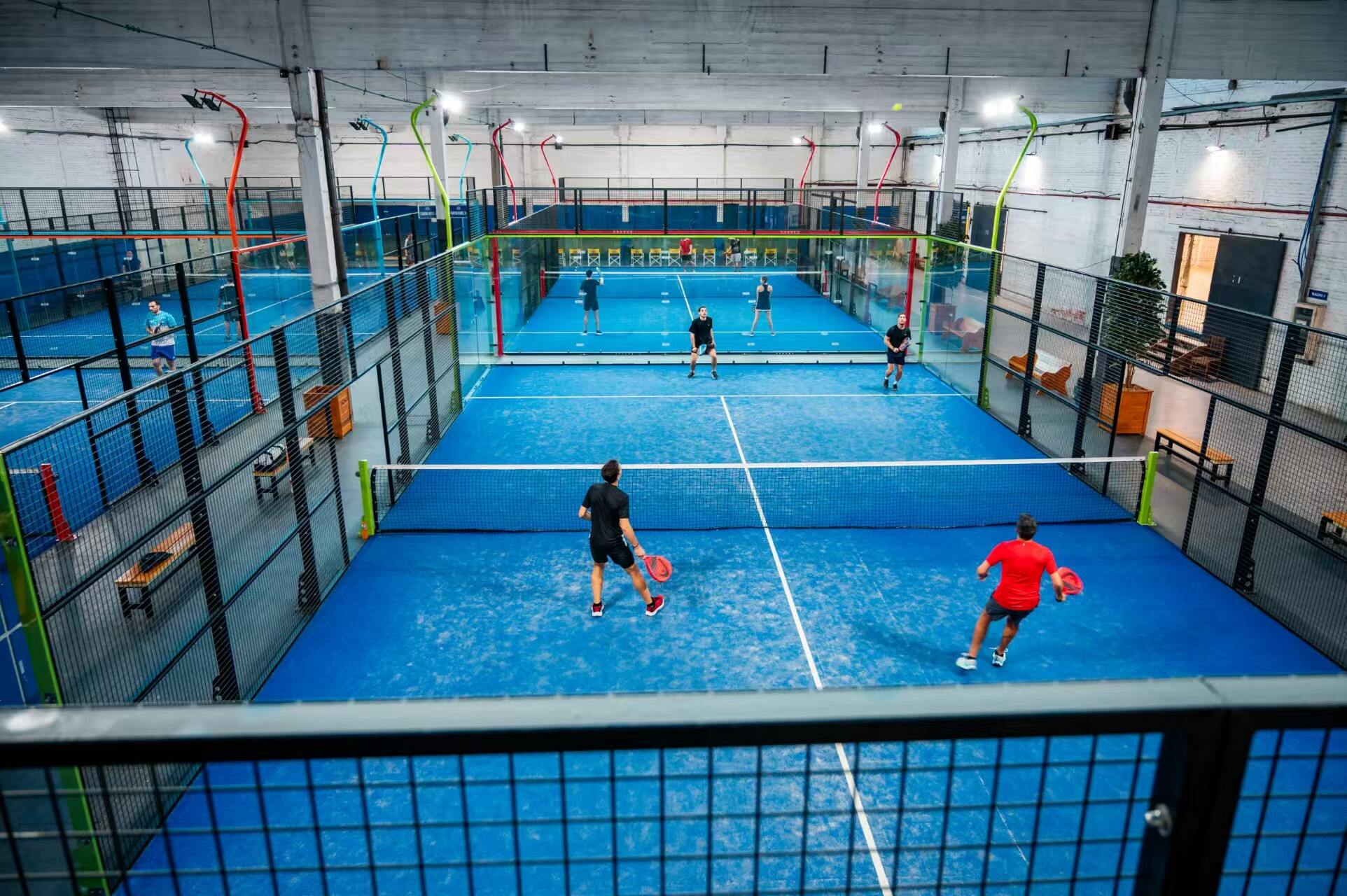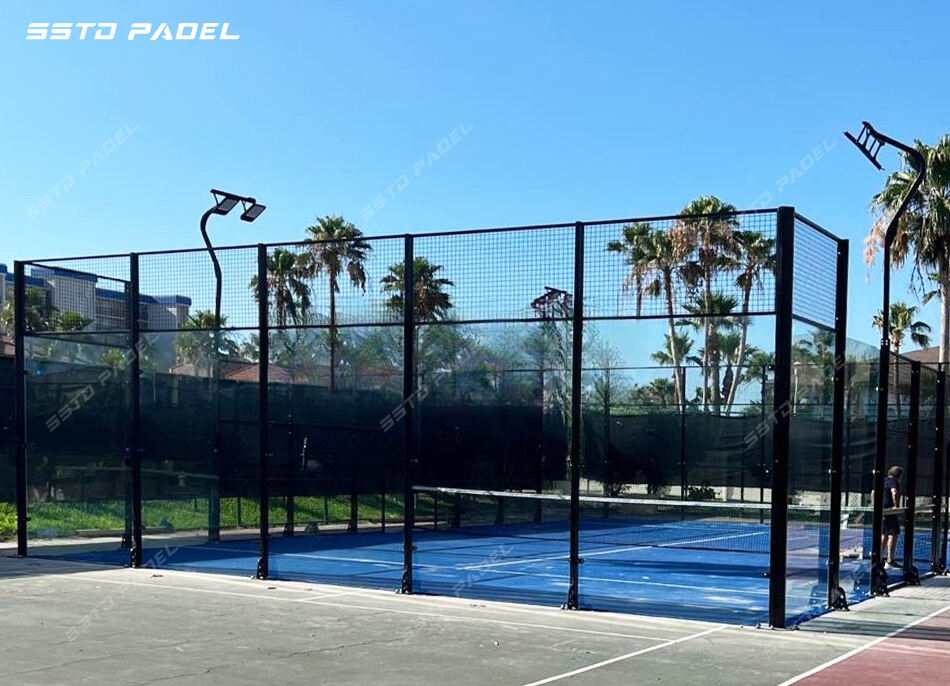The Rise of Padel as a Global Sports Phenomenon
The sports facility landscape is experiencing a remarkable transformation as padel courts emerge as the newest must-have amenity for clubs worldwide. This racquet sport, combining elements of tennis and squash, has captured the attention of both recreational players and serious athletes, leading to an unprecedented surge in demand for dedicated playing facilities.
From exclusive country clubs to municipal sports centers, facility managers are recognizing the tremendous potential that padel courts offer as a strategic investment. The sport's accessibility, social nature, and rapid learning curve have created a perfect storm of opportunity for sports clubs looking to diversify their offerings and boost their revenue streams.
Financial Benefits of Adding Padel Courts to Sports Facilities
Revenue Generation Opportunities
Installing padel courts presents multiple revenue channels for sports clubs. Beyond standard court rental fees, facilities can generate income through membership packages, tournament hosting, and specialized coaching programs. Many clubs report that padel courts achieve higher utilization rates compared to traditional tennis courts, leading to enhanced profitability per square meter.
The compact nature of padel courts allows clubs to maximize their available space, often fitting two padel courts in the same area as one tennis court. This spatial efficiency, combined with lower maintenance costs, creates an attractive return on investment proposition for facility owners.
Market Demand and Growth Potential
The increasing popularity of padel has created a significant market gap in many regions, with demand for courts often exceeding available facilities. Sports clubs that move early to install padel courts position themselves to capture this growing market share and establish themselves as premier destinations for the sport.
Investment in padel courts also attracts a diverse demographic, from young professionals to active seniors, expanding the club's customer base and creating cross-selling opportunities for other facilities and services.
Technical Considerations for Padel Court Installation
Infrastructure Requirements
Successful padel court implementation requires careful attention to technical specifications. The standard dimensions of a padel court are smaller than tennis courts, typically measuring 20x10 meters, with specific requirements for glass walls, artificial turf, and lighting systems. Understanding these specifications helps clubs plan their space utilization effectively and ensure compliance with international standards.
Weather resistance and durability are crucial factors in court construction, as high-quality materials and proper installation techniques significantly impact long-term maintenance costs and player satisfaction. Modern padel courts feature advanced drainage systems and specialized lighting for optimal playing conditions in various weather and times of day.
Maintenance and Longevity
One of the compelling aspects of padel courts is their relatively low maintenance requirements compared to traditional sports surfaces. The artificial turf used in padel courts requires minimal upkeep, and the glass panels are designed to withstand intense gameplay and weather conditions. Regular inspection and cleaning routines help extend the life of the court and maintain optimal playing conditions.
Investing in quality materials and professional installation initially may cost more but proves economical in the long run by reducing repair frequency and maintaining high player satisfaction levels.

Marketing and Community Engagement Strategies
Building a Padel Community
Successful padel court investments go beyond physical infrastructure to include community building initiatives. Sports clubs can organize regular social tournaments, leagues, and networking events centered around padel, fostering a dedicated community of players who become loyal customers.
Engaging with local businesses and corporate clients offers additional opportunities for court utilization during off-peak hours. Many companies are increasingly interested in padel as a team-building activity, creating valuable partnership opportunities for sports clubs.
Digital Integration and Booking Systems
Modern sports facilities benefit from implementing sophisticated booking and management systems specifically designed for padel courts. Digital platforms allow for efficient court scheduling, automated payments, and player matching services, enhancing the overall customer experience and reducing administrative overhead.
Social media and digital marketing campaigns help promote the facility and attract new players, while mobile apps can facilitate easy court bookings and community engagement.
Future Outlook and Industry Trends
Innovation in Court Technology
The padel court industry continues to evolve with technological advancements in court construction and player experience. Smart court systems with integrated video analysis, performance tracking, and automated coaching tools are emerging as differentiators for premium facilities.
Sustainable construction materials and energy-efficient lighting solutions are becoming increasingly important as sports clubs seek to minimize their environmental impact while maximizing operational efficiency.
Market Expansion Predictions
Industry analysts project continued strong growth in the padel sector, with increasing participation rates across diverse age groups and skill levels. Sports clubs that invest in padel courts now are well-positioned to capitalize on this growth trajectory and establish themselves as leaders in this expanding market.
The professional padel circuit's expansion and increasing media coverage are expected to drive further interest in the sport, creating additional opportunities for sports clubs to host tournaments and events.
Frequently Asked Questions
What is the typical return on investment period for padel courts?
While specific ROI periods vary based on location and market conditions, many sports clubs report recovering their initial investment within 2-3 years through court rentals, membership fees, and associated revenue streams.
How much space is required for a professional padel court installation?
A standard padel court requires approximately 200 square meters of space, including the court itself and surrounding areas. This compact footprint makes it an efficient use of available facility space.
What makes padel more attractive than other racquet sports for club investments?
Padel offers several advantages: lower maintenance costs, higher player retention rates due to its social nature, faster learning curve for beginners, and the ability to generate consistent revenue through both casual and competitive play formats.
Can padel courts be installed outdoors in all weather conditions?
Modern padel courts are designed to withstand various weather conditions, with specialized materials and drainage systems. However, installation specifications may vary based on local climate conditions to ensure optimal durability and performance.

